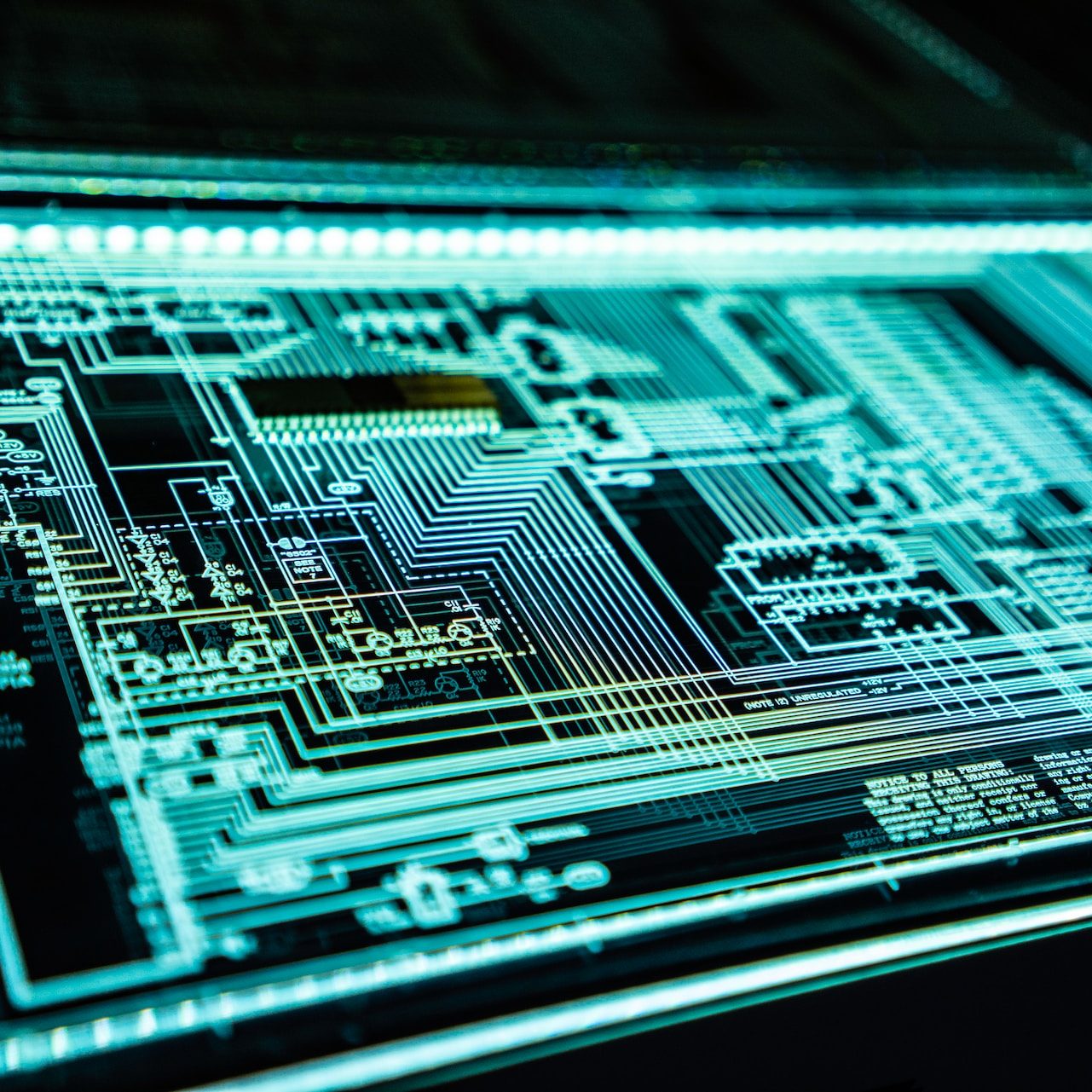
The Internet of Things (IoT) has revolutionized the way we interact with technology and the world around us. This essay takes you on a captivating journey through the history of IoT, exploring its origins, significant milestones, and the transformative impact it has had on society.
The concept of IoT traces back to the early 1980s when visionaries began imagining a future where objects could connect and communicate with each other. One of the pioneers in this field was Mark Weiser at Xerox PARC, who envisioned ubiquitous computing—an interconnected network of everyday objects embedded with sensors, processors, and connectivity.
Building upon these ideas, the development of Radio Frequency Identification (RFID) technology and miniaturized sensors played a pivotal role in advancing IoT. RFID tags enabled the identification and tracking of objects, while sensors provided the ability to collect data about the physical world. These technological breakthroughs laid the foundation for the growth of IoT applications across various domains.
In the 1990s, the widespread adoption of internet connectivity marked a significant milestone for IoT. The integration of devices with the internet opened new doors for remote monitoring, control, and data exchange. This convergence led to the birth of smart homes, where appliances, lighting, and security systems could be interconnected and accessed remotely.
Furthermore, IoT made significant strides in the industrial sector, giving rise to the concept of Industrial IoT (IIoT) or Industry 4.0. By integrating sensors, data analytics, and machine-to-machine communication, IIoT enabled real-time monitoring and predictive maintenance of machinery and equipment. This ushered in increased efficiency, reduced downtime, and improved safety in manufacturing, logistics, and energy sectors.
Expanding into the consumer market, the advent of smartphones and wearable devices propelled IoT even further. Smartwatches, fitness trackers, and connected home devices gained popularity, creating a new era of personalized and connected experiences. IoT technologies seamlessly integrated into our daily routines, offering convenience, efficiency, and enhanced lifestyles.
As IoT devices proliferated, the volume of generated data became overwhelming. This prompted the emergence of advanced data analytics and artificial intelligence (AI) techniques to derive meaningful insights. AI algorithms enabled predictive analytics, anomaly detection, and automated decision-making, unlocking the true potential of IoT in healthcare, transportation, agriculture, and other domains.
Looking ahead, the future of IoT holds tremendous potential. The growth of edge computing and blockchain technology is set to accelerate IoT adoption and enable even more complex applications. However, challenges such as privacy concerns, data security, and standardization need to be addressed to fully realize the potential of IoT and ensure its responsible and ethical use.
In conclusion, the history of IoT showcases the visionary thinking and innovative spirit of researchers, engineers, and thought leaders who dared to imagine a connected world. From its early conceptualizations to the pervasive network of interconnected devices today, IoT has transformed industries, improved efficiency, and enhanced our lives. As we continue pushing the boundaries of technology, IoT will undoubtedly shape the future, opening new frontiers and bringing forth a world that is more interconnected, intelligent, and sustainable.


Leave a Reply